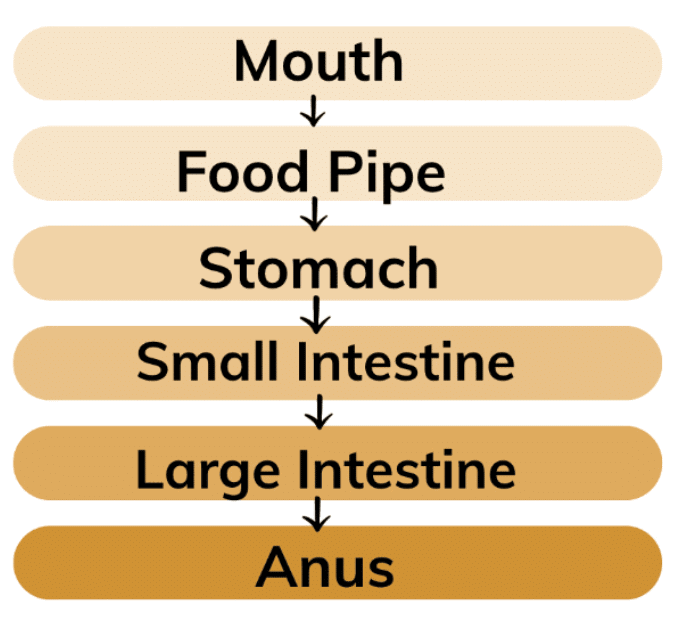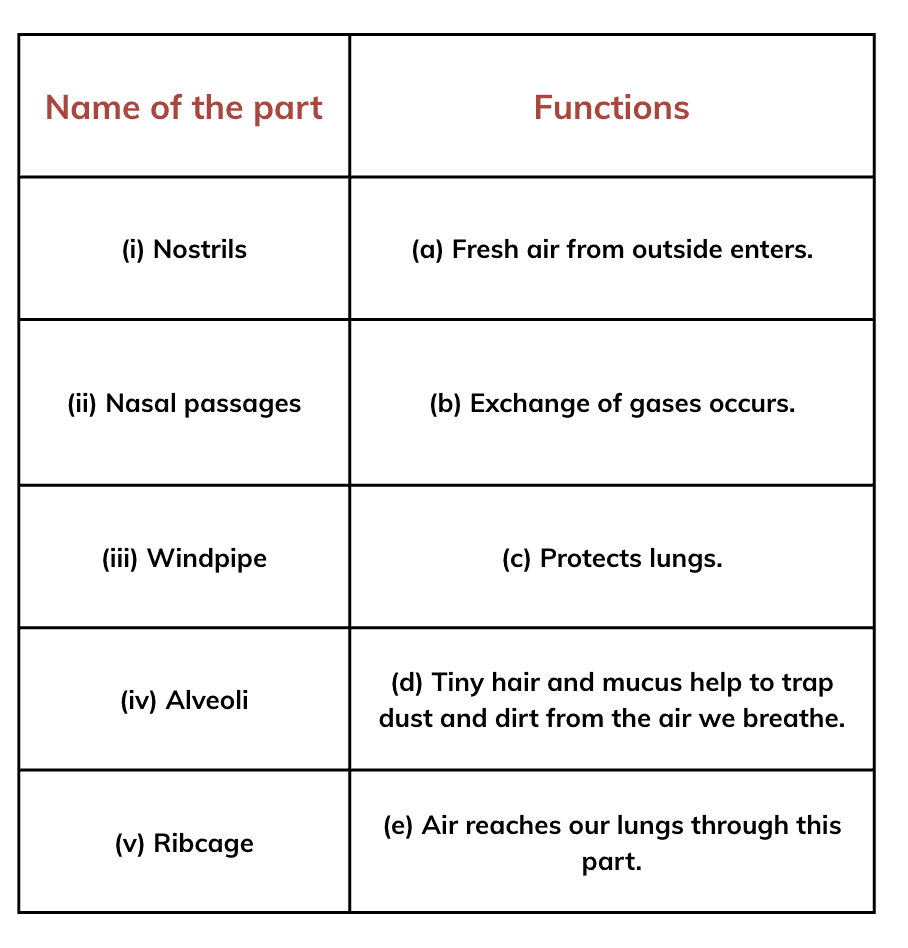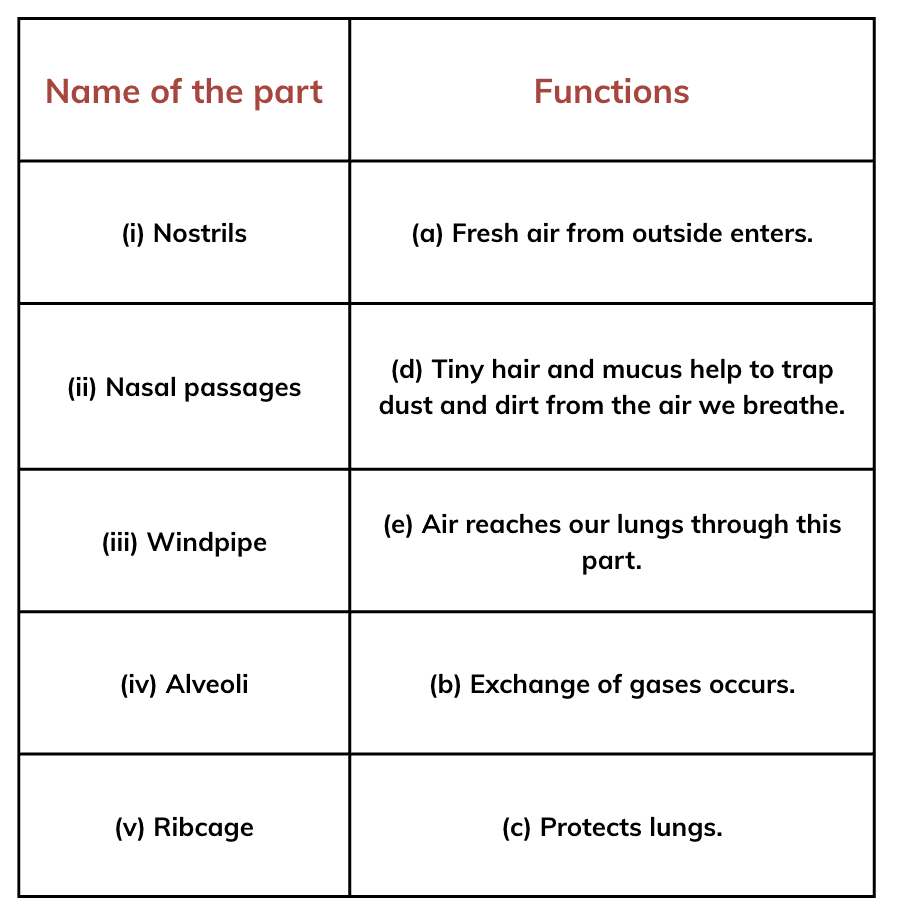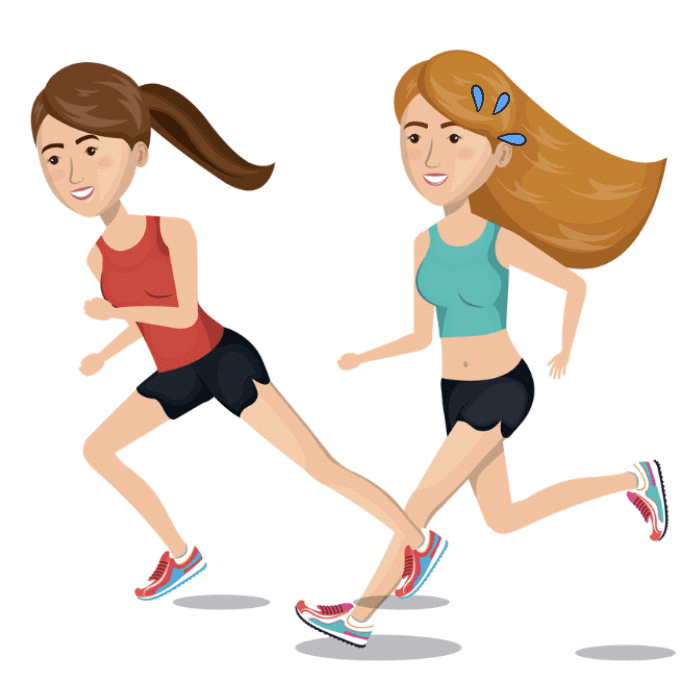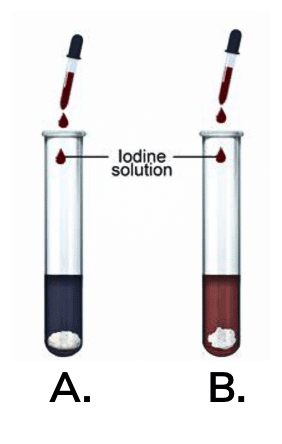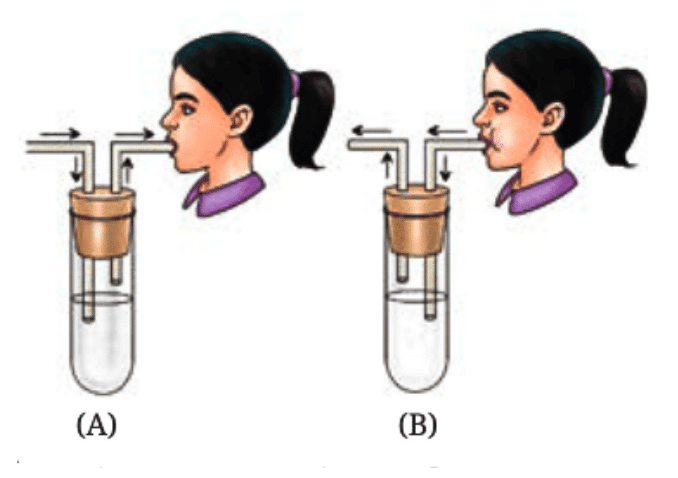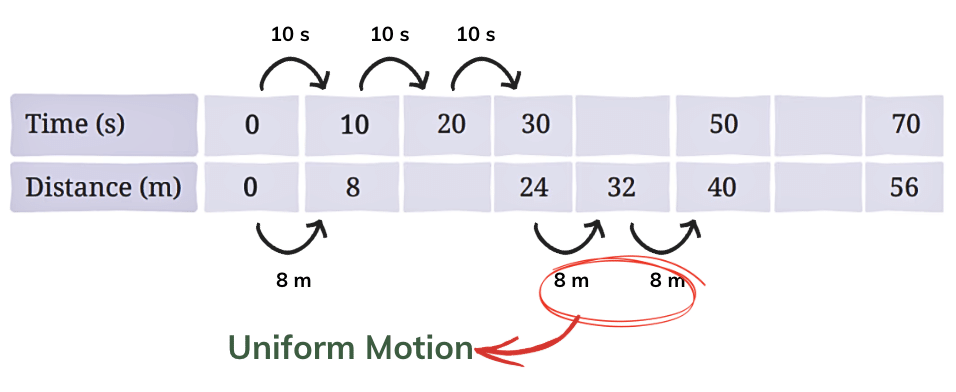The Big Questions (84)
Q1: What is an empire?
Ans:
- An empire is a large area ruled by a powerful emperor who controls many smaller kingdoms.
- Local rulers govern their regions but pay tribute to the emperor as a sign of loyalty.
- The emperor rules from a central capital, maintains an army, and manages trade and administration.
- Empires have diverse people, languages, and customs under one strong government.
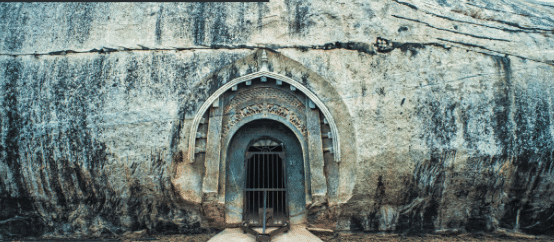
Rock cut cave in Barabar Hills, Bihar
Q2: How did empires rise and shape Indian civilisation?
Ans:
- Empires like Magadha and Maurya rose in areas with fertile land, rivers, iron, and trade routes.
- They built strong armies, controlled trade, and created systems for tax collection and law enforcement.
- Empires promoted art, architecture, and new ideas, influencing culture and religion (like Buddhism under Aśhoka).
- They helped unite regions, reduce local wars, and spread knowledge across India and beyond.
Q3: What factors facilitated the transition from kingdoms to empires?
Ans:
- Resources like iron tools, surplus food, and trade wealth helped small kingdoms grow stronger.
- Strong leaders like Chandragupta Maurya and advisors like Kauṭilya made smart military and political decisions.
- Trade routes and guilds brought economic power and connected regions.
- The desire for power, fame, and control pushed rulers to conquer and unite more land.
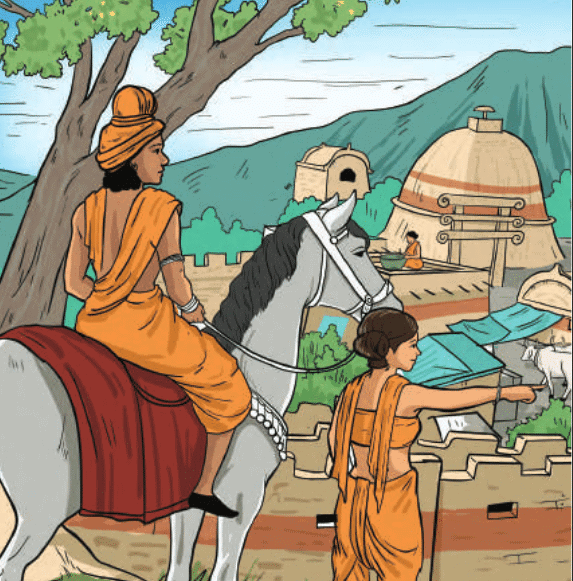
Artistic Representation of Pataliputra
Q4: What was life like from the 6th to the 2nd century BCE?
Ans:
- Cities like Pataliputra became centers of trade, governance, and culture with planned streets and public buildings.
- People included farmers, artisans, merchants, rulers, and performers, all playing roles in society.
- The Mauryan Empire had a strong administration, fair laws, and supported religion, art, and public welfare.
- Life was shaped by both military power and efforts for peace and well-being, especially under Emperor Aśhoka.
Back Questions (Page 114 & 115)
Q1: What are the features of an empire, and how is it different from a kingdom? Explain.
Ans: Features of an Empire:
An empire is a large political unit that consists of several smaller kingdoms or regions, each with its own ruler, but ultimately under the control of an emperor.
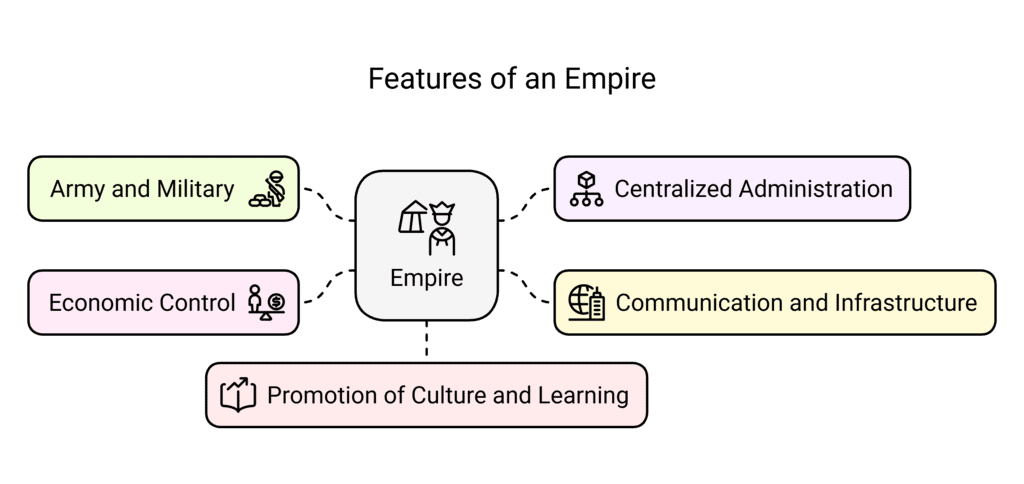
- Army and Military: Empires maintain a large and well-organized army to keep the conquered territories under control, expand the empire, or defend against external threats.
- Centralized Administration: The emperor exerts central authority over the empire’s tributary regions and kings. A well-organized administration collects taxes, maintains law and order, and ensures smooth governance.
- Communication and Infrastructure: Empires have efficient communication networks, such as roads and river navigation, which support trade, administration, and welfare of the people.
- Economic Control: The emperor controls and regulates resources, such as minerals, agricultural products, and manpower, ensuring a steady flow of wealth into the empire’s treasury.
- Promotion of Culture and Learning: Empires encourage art, literature, religion, and education, contributing to the growth of cultural and intellectual life.
Difference Between a Kingdom and an Empire:
- A kingdom is a smaller region, typically ruled by a single king, where the king holds absolute power, and the territory is often limited to a specific geographical area.
- An empire, on the other hand, is a collection of several kingdoms or territories, where the emperor has control over many regions, often through military conquest or alliances. While the smaller territories may still have their own rulers, they are considered tributaries to the emperor.
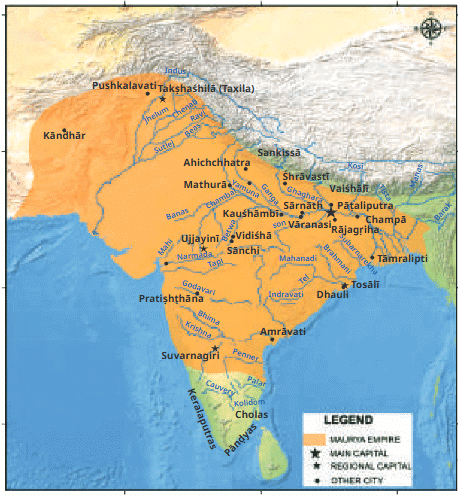
Mauryan Empire
Q2: What are some important factors for the transition from kingdoms to empires?
Answer: The transition from kingdoms to empires in ancient India was driven by several key factors:
- Warfare and Conquest: As smaller kingdoms waged wars against each other, the more powerful kingdoms expanded through military campaigns. Conquered kingdoms were absorbed into the larger territory, eventually forming an empire.
- Economic and Resource Control: The availability of resources, such as fertile land, forests, and minerals, played a crucial role in the rise of empires. Powerful kingdoms with economic wealth could support a larger army and infrastructure, allowing them to expand and control more regions.
- Centralized Administration: As kingdoms grew larger, a need for more efficient governance and administrative control led to the establishment of centralized power, which is a key feature of empires.
- Strategic Importance of Location: Kingdoms located in resource-rich regions or near important trade routes had the advantage of accumulating wealth, which helped them build strong armies and maintain stability, facilitating their transition into empires.
Q3: Alexander is considered an important king in the history of the world — why do you think that is so?
Ans:
- Military Conquests: Alexander, known as Alexander the Great, is famous for his military campaigns that expanded his empire across three continents. He defeated the Persian Empire and established control over parts of India, which changed the political landscape of the time.
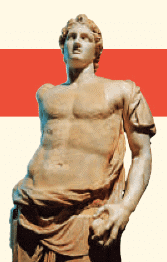 Alexander the Great
Alexander the Great - Cultural Influence: Alexander’s conquests helped spread Greek culture and ideas throughout the regions he conquered. His empire facilitated the exchange of knowledge, art, and technology between the East and West, contributing to cultural diffusion.
- Legacy: Even though Alexander’s empire was short-lived after his death, the impact of his rule is seen in the spread of Greek culture in the areas he conquered, particularly in the Hellenistic world. His campaigns opened the door for future interactions between Greek and Indian cultures.
Q4: In early Indian history, the Mauryas are considered important. State your reasons.
Ans:
- Foundation of the Mauryan Empire: The Mauryan Empire, founded by Chandragupta Maurya, was one of the largest and most powerful empires in Indian history. It unified much of the Indian subcontinent under a single ruler for the first time.
- Administrative System: The Mauryas established a highly efficient and centralized administration that allowed for effective governance across vast regions. This system laid the foundation for future empires.
- Economic Growth and Trade: The Mauryas promoted trade, both within the subcontinent and with other regions. They built roads, facilitated the use of coins, and created a stable economic environment that helped their empire flourish.
- Promotion of Art and Architecture: The Mauryas contributed significantly to Indian art and architecture, with the construction of monumental structures such as the Sanchi Stūpa and the Ashokan Pillars.
- Influence of Ashoka: Ashoka, one of the greatest Mauryan rulers, promoted the principles of peace, non-violence, and Buddhism, leaving a lasting impact on Indian culture and society.
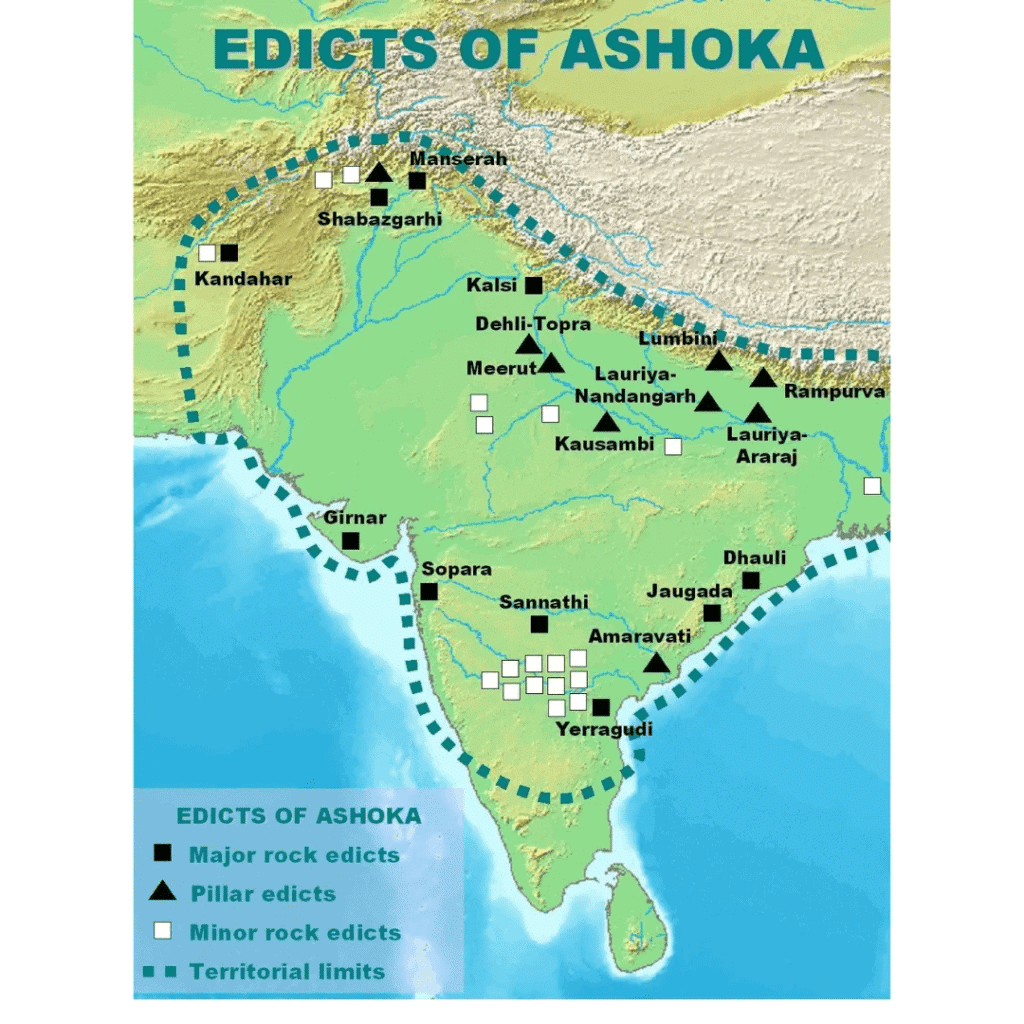
Edicts of Ashoka
Q5: What were some of Kauṭilya’s key ideas? Which ones of these can you observe even today in the world around us?
Ans: Key Ideas of Kauṭilya (Chanakya):
- Centralized Governance: Kauṭilya emphasized a strong central government with an emperor having control over the administration, military, and economy.
- Law and Order: He believed that maintaining law and order was essential for the prosperity of the kingdom. His idea of a well-structured administration ensured the welfare of the people.
- Diplomacy and Alliances: Kauṭilya advocated the use of diplomacy and strategic alliances to expand and maintain the empire.
- Economic Management: He focused on the importance of a strong economy, including agriculture, trade, and taxation, to fund the empire’s needs.
- Welfare of the People: Kauṭilya believed that a ruler’s happiness depended on the welfare of the people, and he promoted the idea of providing for the basic needs of the population.
Modern Relevance:
- Centralized Governance: Modern governments still follow the idea of a central authority that controls the country’s affairs.
- Economic Management: Governments today focus on maintaining economic stability, trade networks, and taxation systems, much like Kauṭilya’s ideas.
- Welfare of the People: The modern welfare state aims to ensure the well-being of its citizens, reflecting Kauṭilya’s emphasis on the ruler’s duty to provide for the people.
Q6: What were the unusual things about Aśhoka and his empire? What of that has continued to influence India and why? Write your opinion in about 250 words.
Ans: Aśhoka, one of India’s most remarkable rulers, is known for his transformation from a war-hungry conqueror to a proponent of peace and non-violence after the Kalinga War. His reign marked a significant shift in governance:
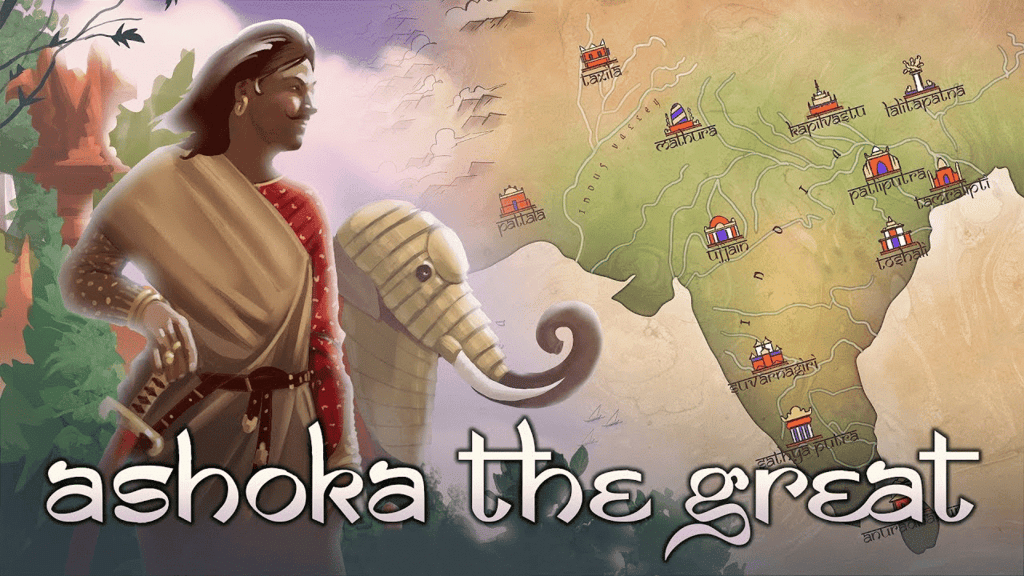
- War to Peace: Initially, Aśhoka expanded his empire through military conquest, but after witnessing the massive destruction caused by the Kalinga War, he embraced Buddhism and non-violence. His commitment to peace and welfare became central to his rule.
- Dhamma Edicts: Aśhoka issued edicts inscribed on pillars and rocks across his empire, advocating for moral conduct (dharma), religious tolerance, and compassion for all living beings. These edicts, in Prakrit and Brahmi script, continue to influence Indian thought.
- Promotion of Buddhism: Aśhoka played a key role in spreading Buddhism both within and outside India. His support for the Buddhist way of life has had a lasting impact on Indian culture and philosophy.
- Legacy: Aśhoka’s legacy is seen in the emphasis on governance for the welfare of the people, religious tolerance, and the use of communication (through edicts) to connect with subjects. His ideals of peace, non-violence, and respect for all religions continue to shape India’s democratic and secular values today.
Q7: After reading the above edict of Aśhoka, do you think he was tolerant towards other religious beliefs and schools of thought? Share your opinion in the classroom.
Ans:
- Aśhoka’s edicts demonstrate his tolerance towards other religious beliefs and schools of thought. He mentions that his officers of Dhamma were responsible for interacting with people from various religious backgrounds, including Buddhists, Brahmins, Jains, and Ājīvikas. He encouraged the practice of peace and understanding among different sects and instructed his officers to promote tolerance and fairness.
- Aśhoka’s acceptance of diverse philosophies, without forcing one belief over another, highlights his respect for different religious traditions. His emphasis on moral conduct (dhamma) rather than adherence to any single religion makes him an example of religious tolerance. This reflects his commitment to unity in diversity, which continues to be an important principle in India today.
Q8: The Brahmi script was a writing system that was widely used in ancient India. Try to learn more about this script, taking help from your teacher wherever required. Create a small project and include what you have learnt about Brahmi.
Ans:
- The Brahmi script was one of the earliest writing systems used in ancient India. It is considered the ancestor of many Indian scripts used today, including Devanagari, Bengali, Tamil, and more. Brahmi was used to write several ancient Indian languages, including Sanskrit and Prakrit.
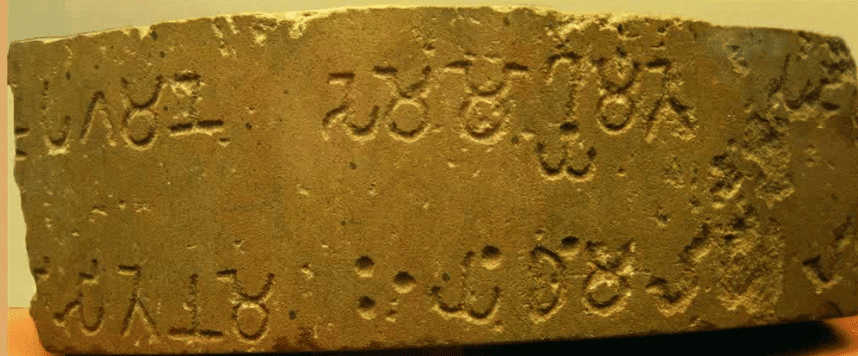 Brahmi Script
Brahmi Script - The script is important because it was used in several inscriptions, including the famous Aśhoka Edicts, which helped historians understand the history and governance of the Maurya Empire. Brahmi is an example of alphabetic writing, where each symbol represents a sound, making it different from earlier pictographic scripts like those of the Harappan civilization.
- For the project, you could create a chart or poster with examples of Brahmi symbols, their meanings, and how they evolved into modern scripts. This would help you understand how the script influenced the development of writing in India and its importance in preserving historical records.
Q9: Suppose you had to travel from Kauśhāmbī to Kāveripattanam in the 3rd century BCE. How would you undertake this journey, and how long would you expect it to take, with reasonable halts on the way?
Ans: In the 3rd century BCE, traveling between Kauśhāmbī and Kāveripattanam would have involved a long journey across India. Here’s how I would expect it to unfold:
- Modes of Travel: The journey would most likely involve horseback riding, walking, or using ox-drawn carts for the bulk of the trip. Ships may have been used for parts of the route, especially along the rivers or coastal areas.
- Routes and Distance: The most common route would be Uttarapatha for the northern and central regions, and Dakṣhiṇapatha for the southern parts. Both routes connected important cities, and travelers would likely pass through several towns or trade hubs.
- Time Estimate: With reasonable halts for rest, food, and trade, the journey could take several weeks. If we assume that a traveler could cover about 20 to 30 kilometers per day, it would likely take about two months to travel the full distance between these two places.
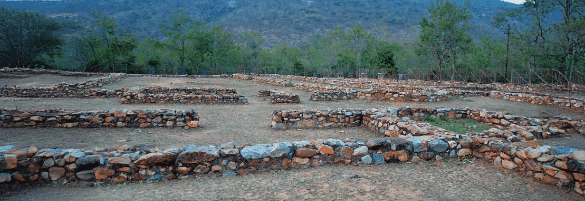
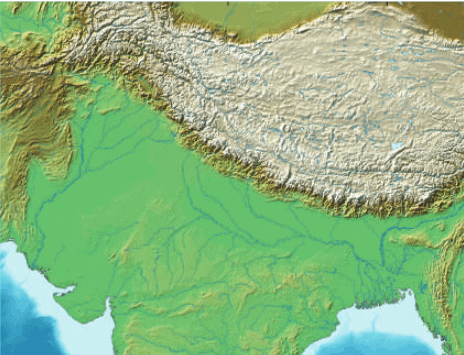
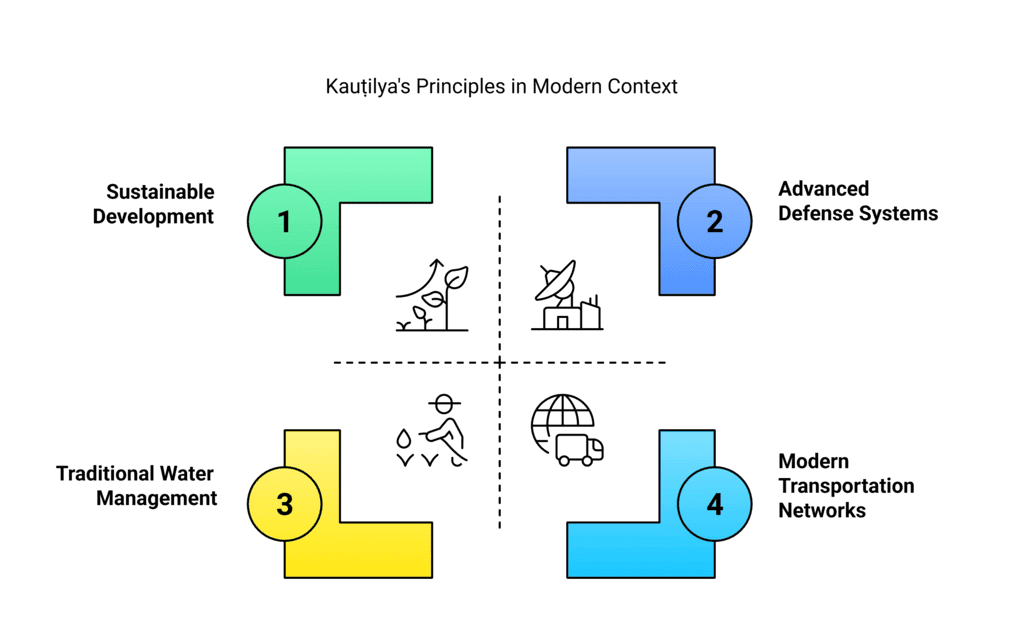
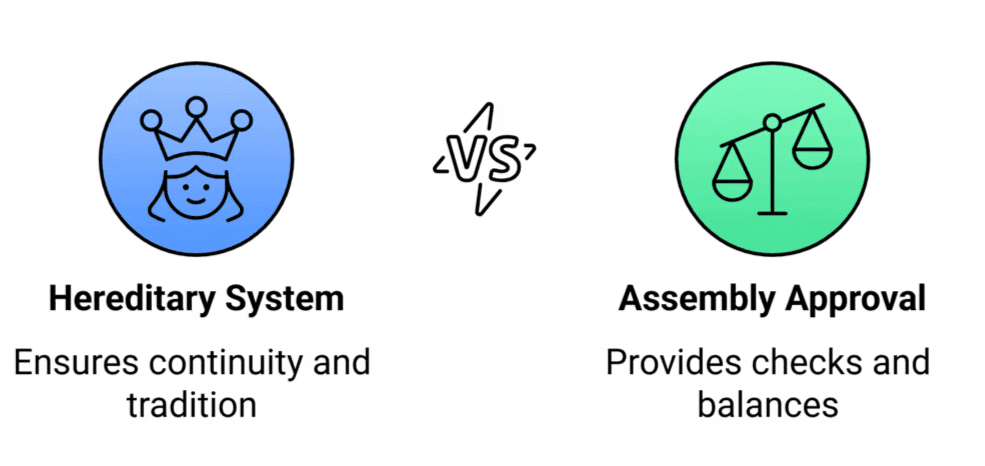
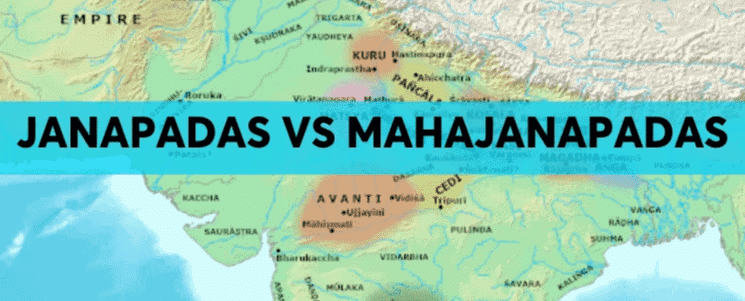

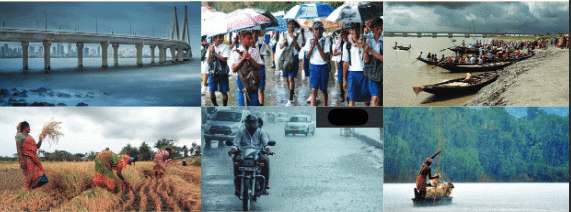
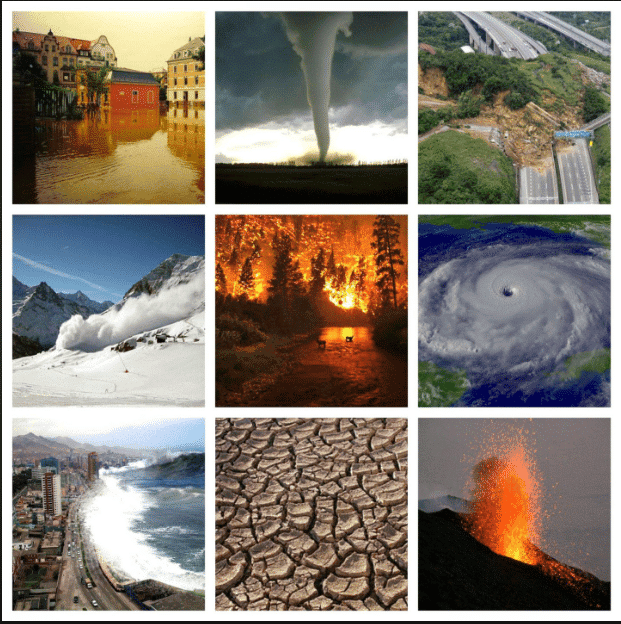
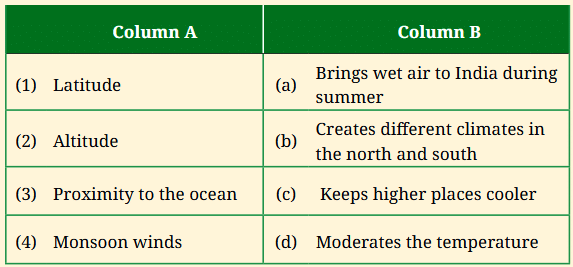

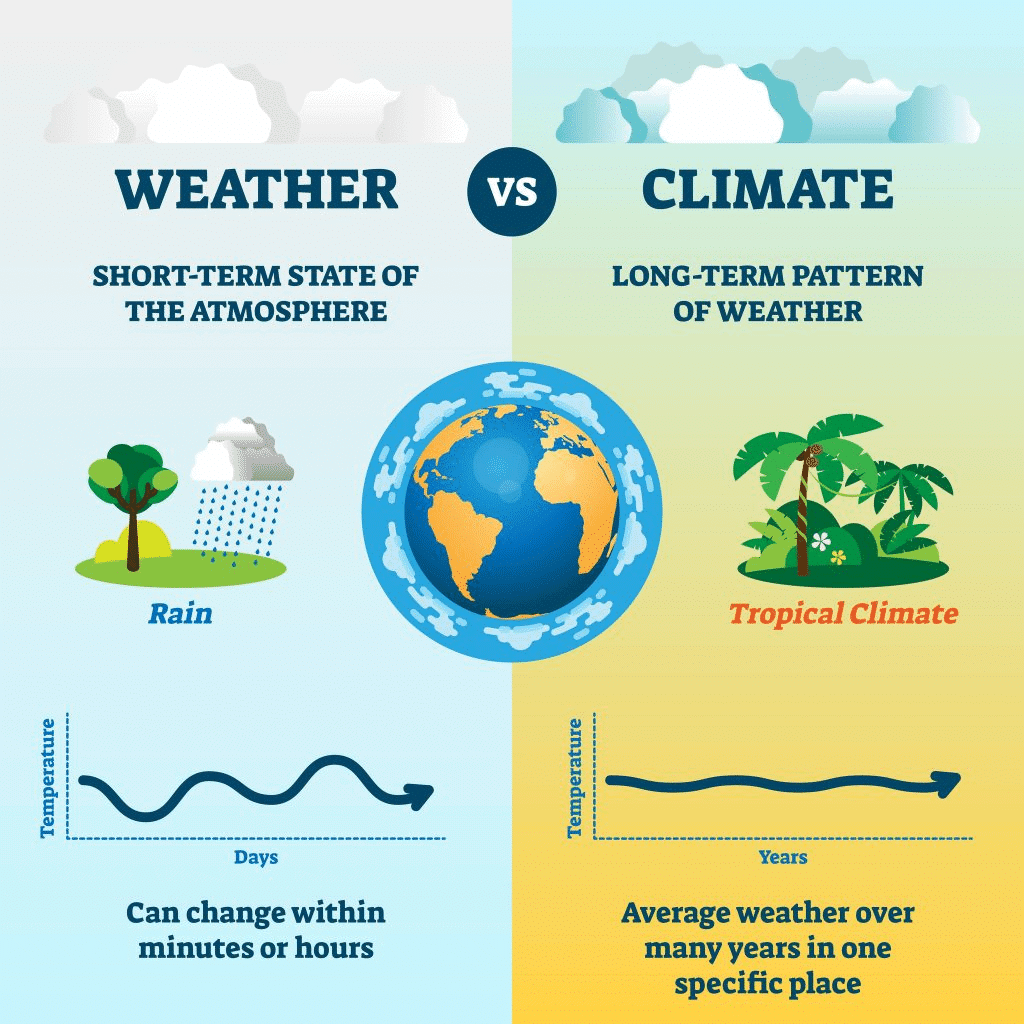
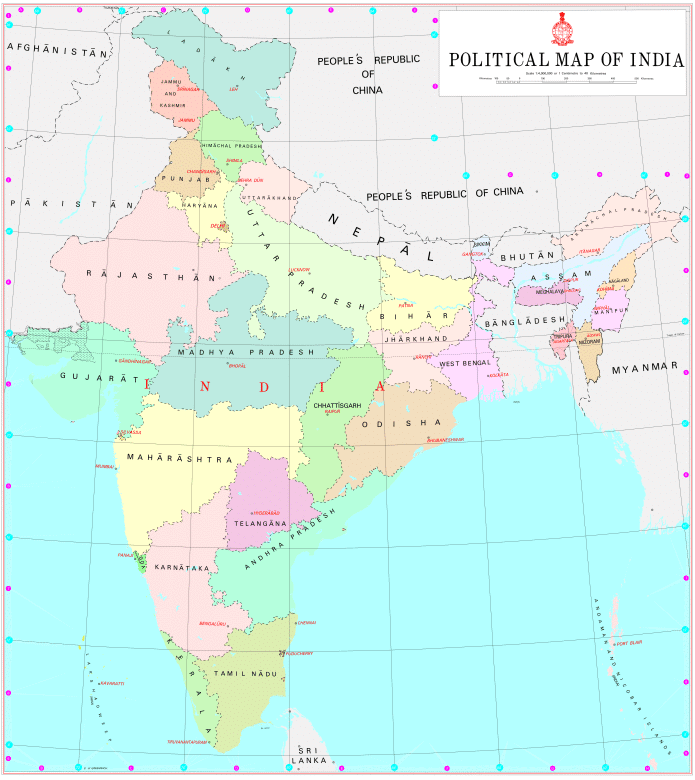

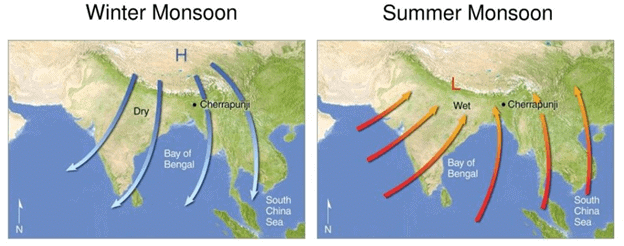
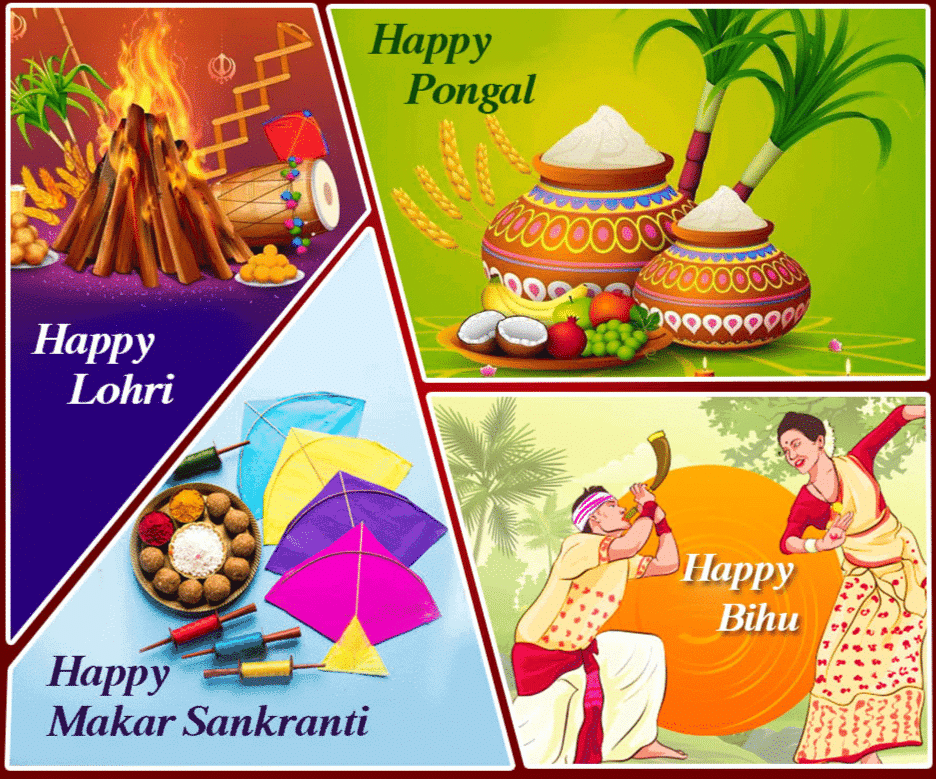
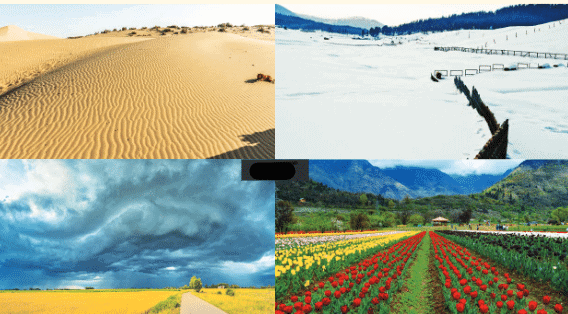
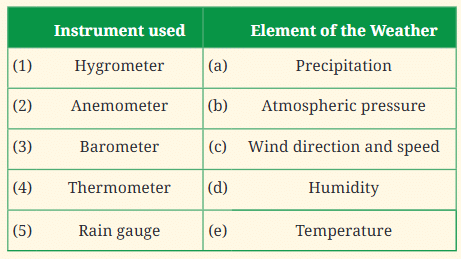
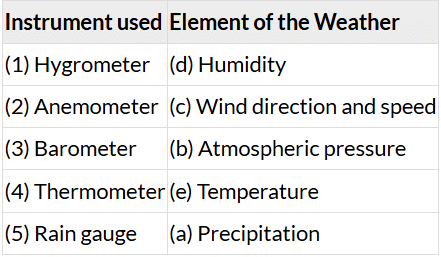
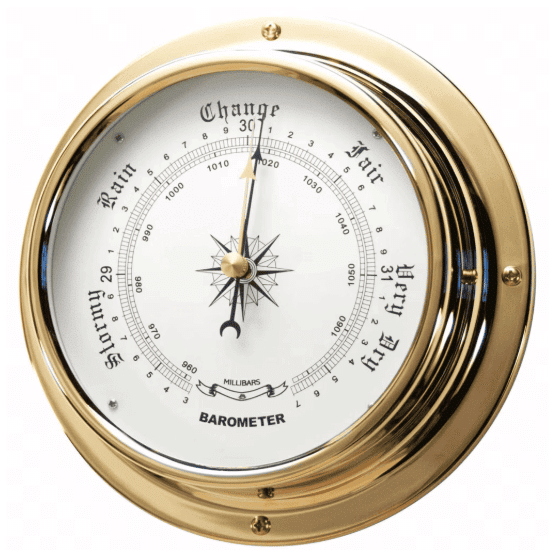 Barometer (Measures Atmospheric Pressure):
Barometer (Measures Atmospheric Pressure): Thermometer (Measures Temperature):
Thermometer (Measures Temperature):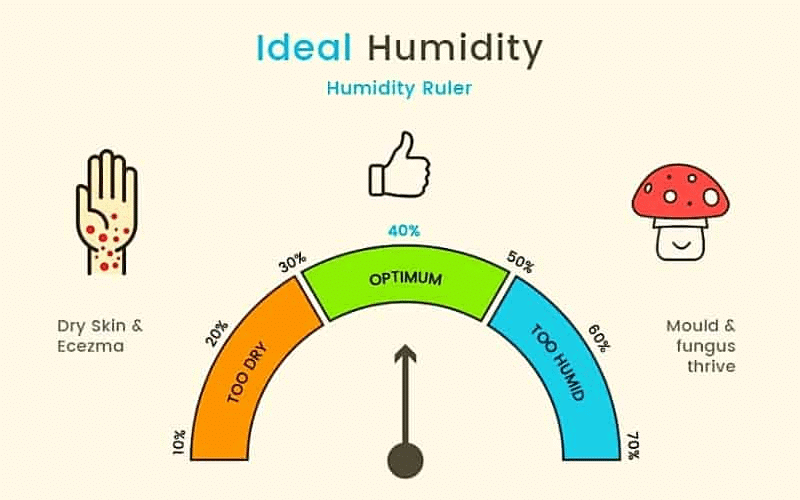
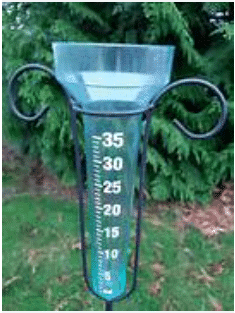
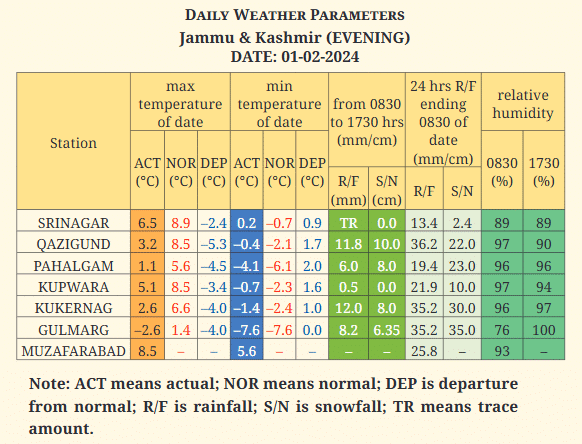
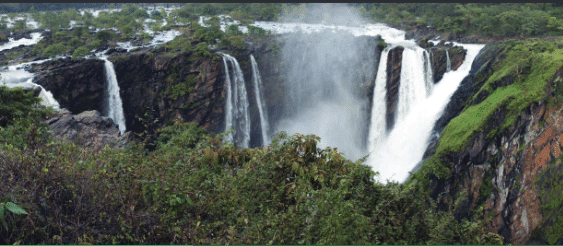
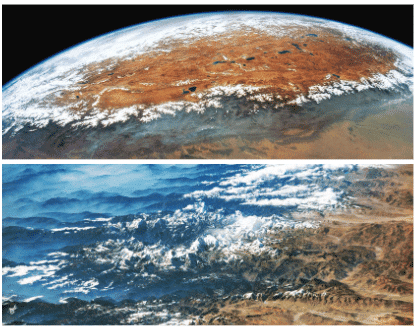 The Himalayas: The Himalayan mountain range is one of the most significant geographical features in India. It forms a natural boundary between India and the countries to its north, such as China and Nepal. The Himalayas are important because they influence the climate of India, as they block the cold winds from the north, creating a warmer climate in the plains. They also feed major rivers, like the Ganga and the Brahmaputra, which are crucial for agriculture and daily life. Additionally, the Himalayas are home to various species of plants and animals, making them an ecological hotspot.
The Himalayas: The Himalayan mountain range is one of the most significant geographical features in India. It forms a natural boundary between India and the countries to its north, such as China and Nepal. The Himalayas are important because they influence the climate of India, as they block the cold winds from the north, creating a warmer climate in the plains. They also feed major rivers, like the Ganga and the Brahmaputra, which are crucial for agriculture and daily life. Additionally, the Himalayas are home to various species of plants and animals, making them an ecological hotspot.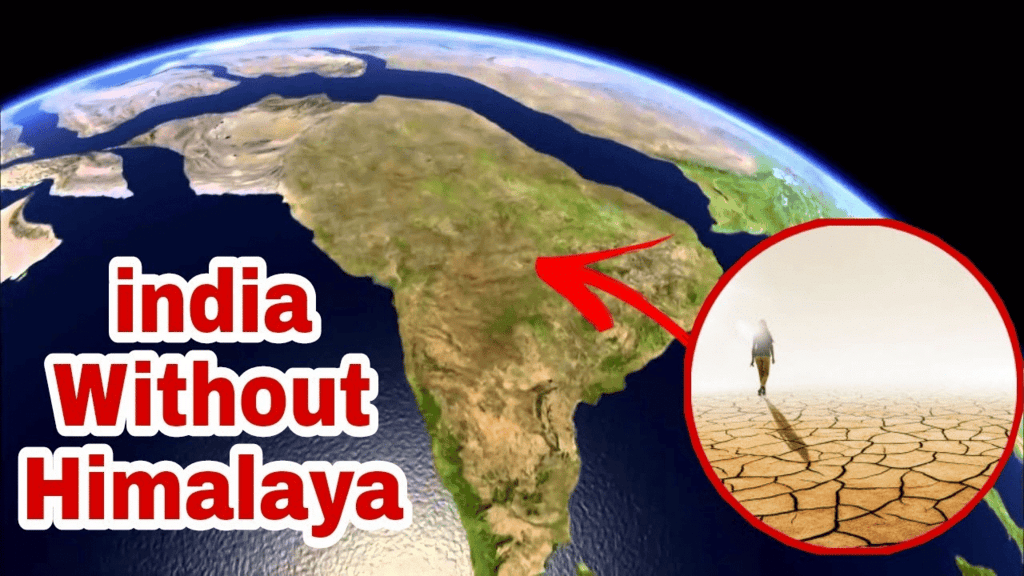
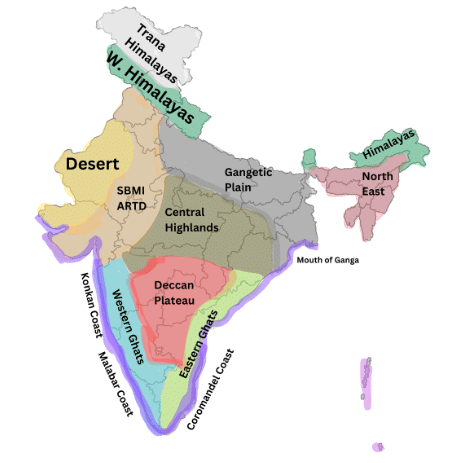
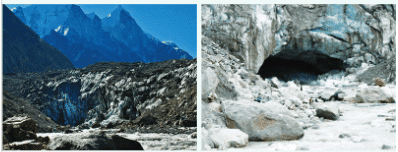
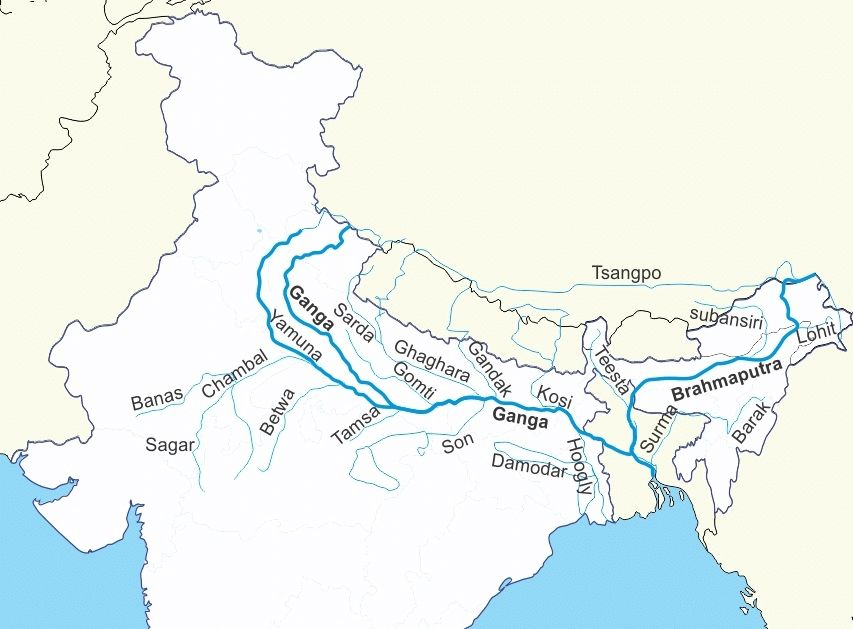
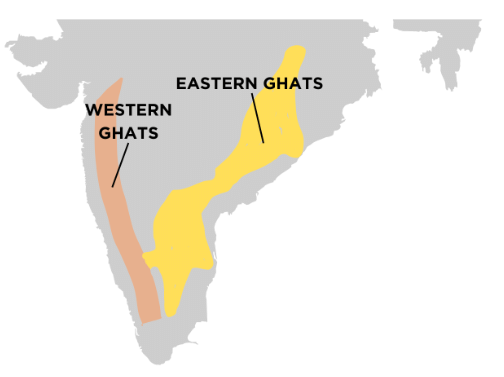
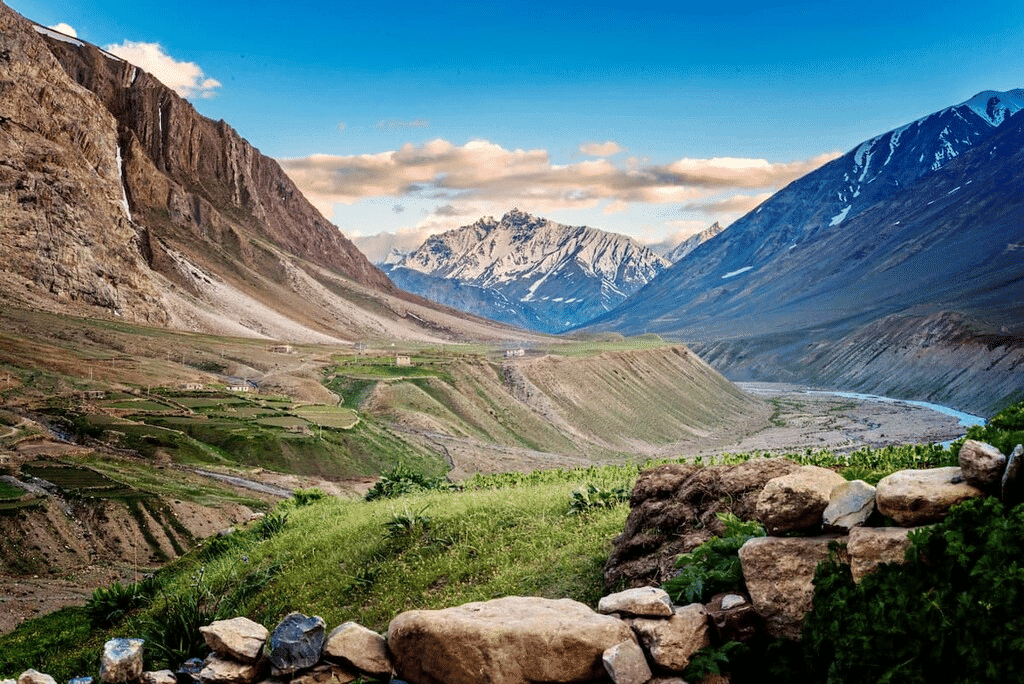
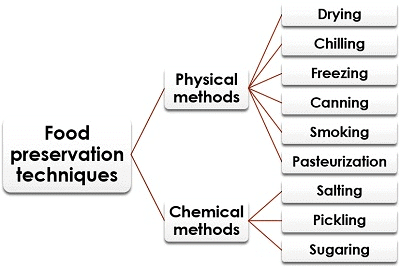
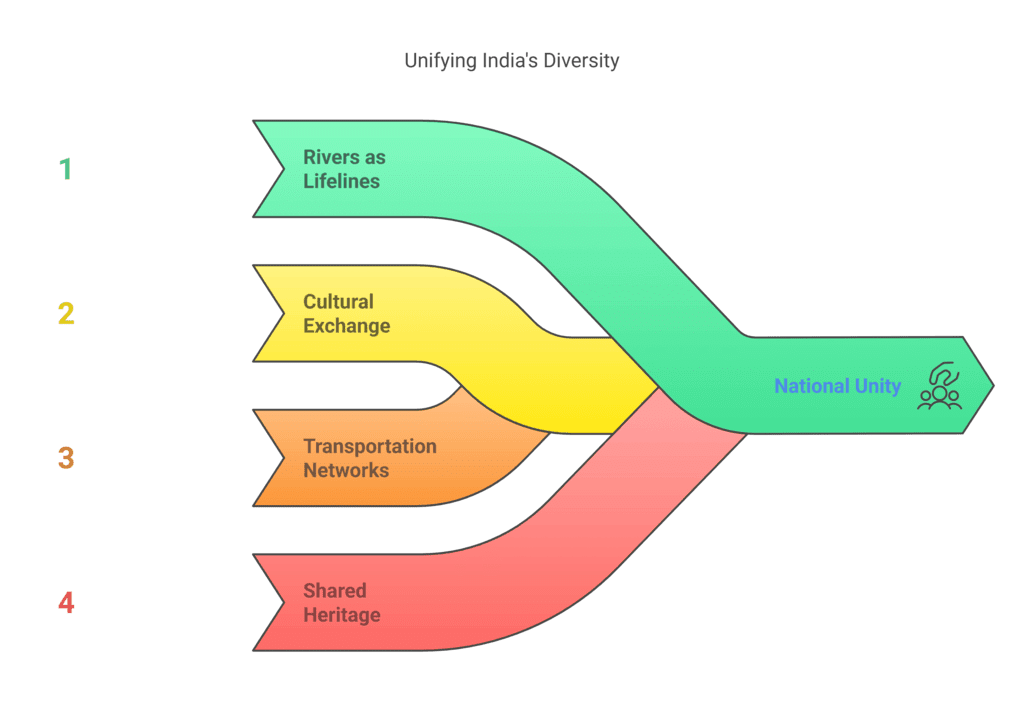
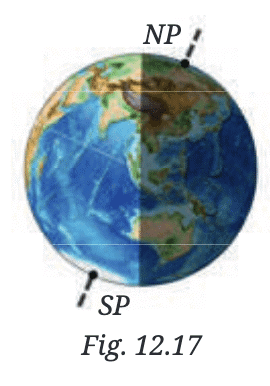
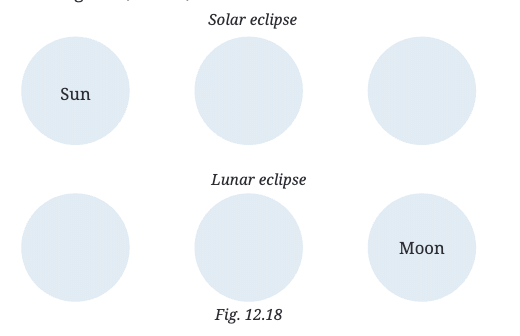
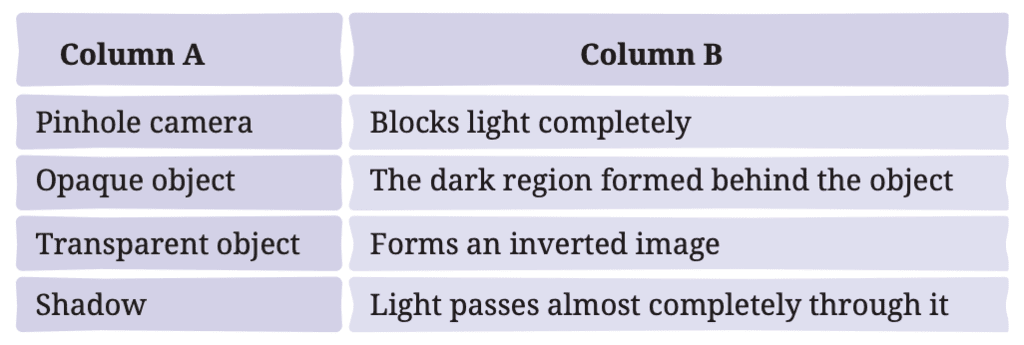
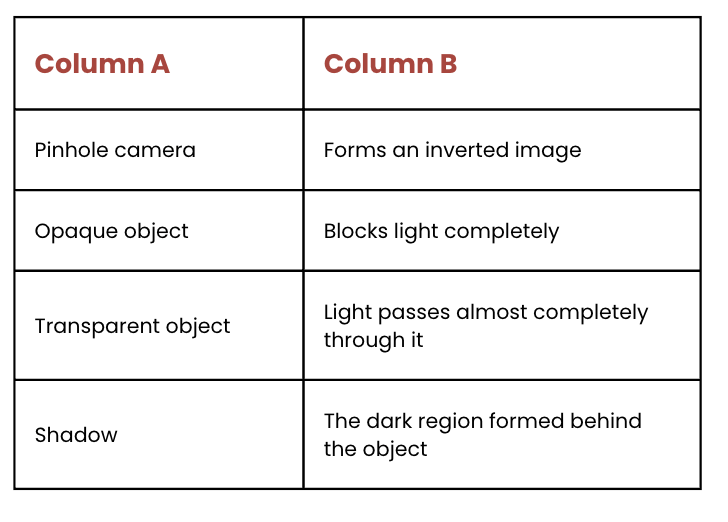
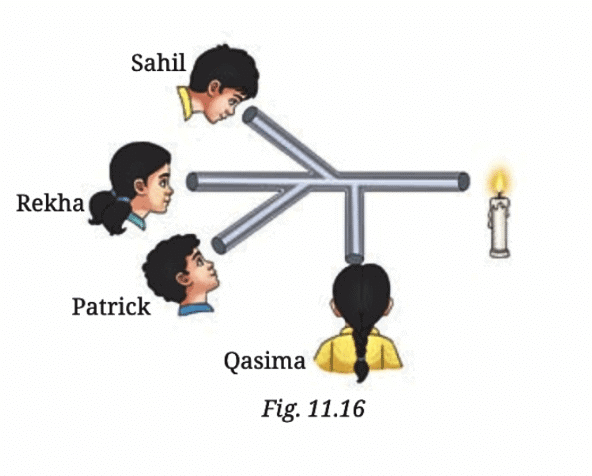
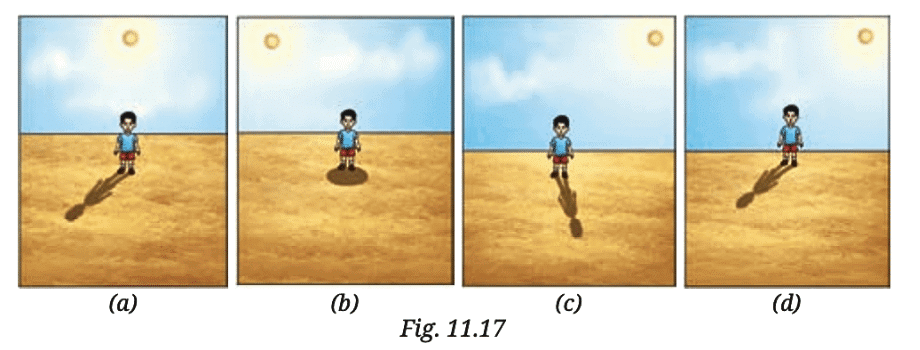
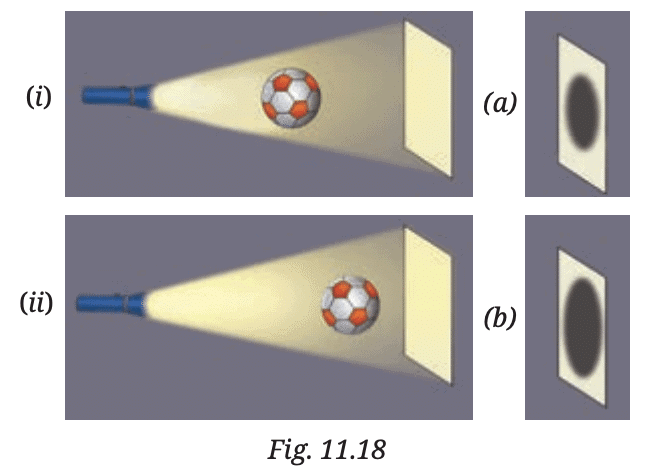
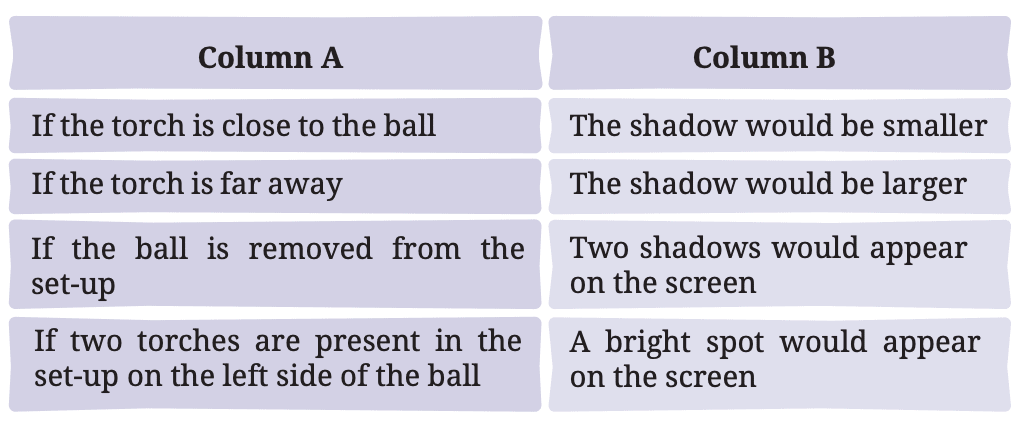
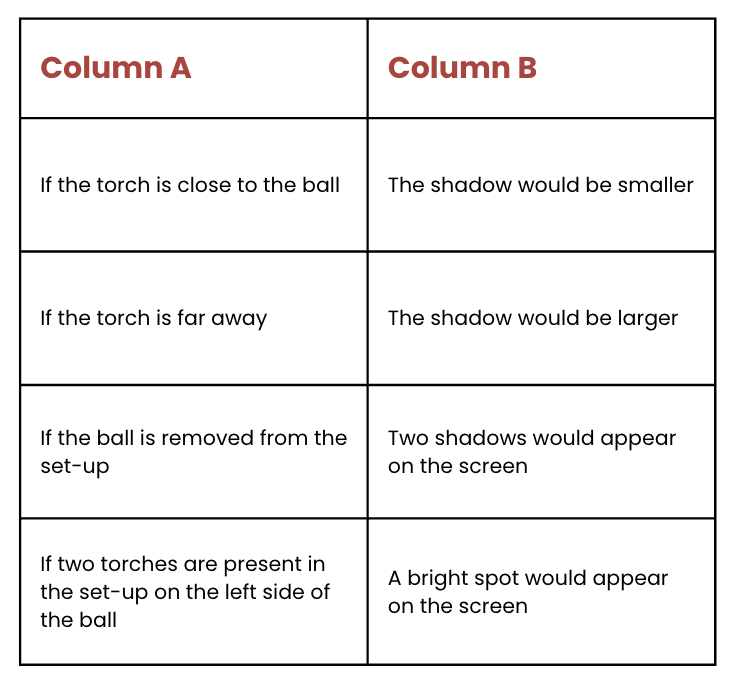
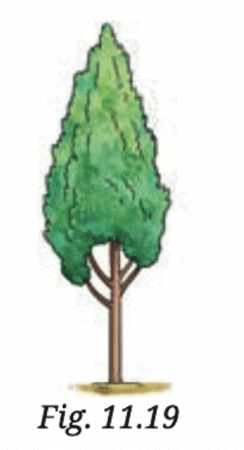
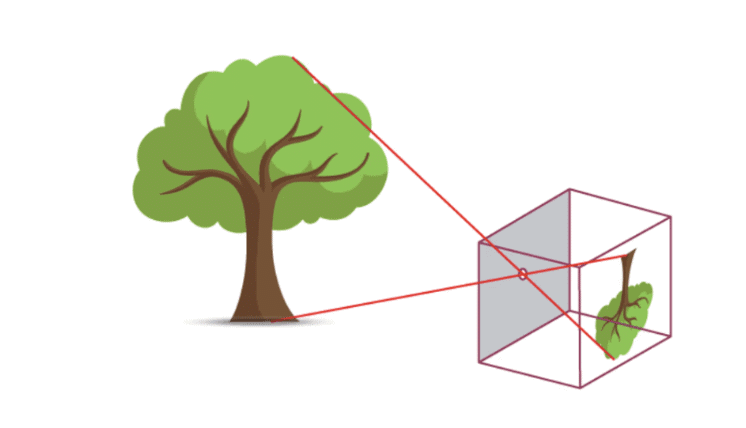
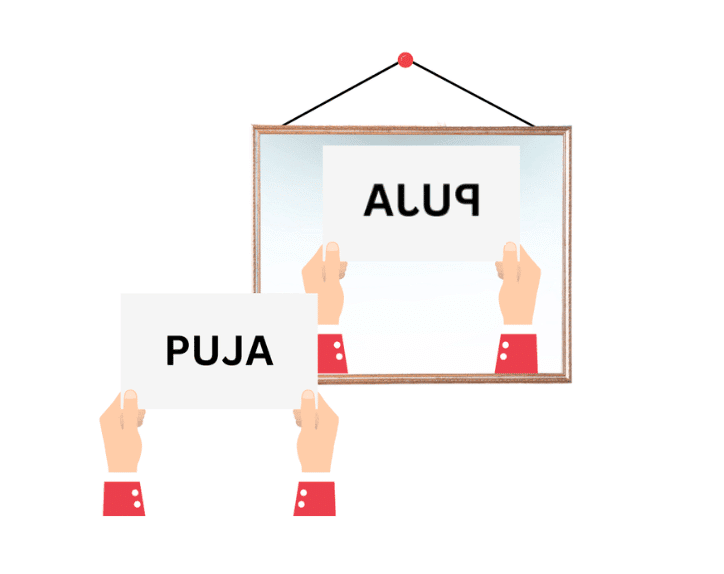
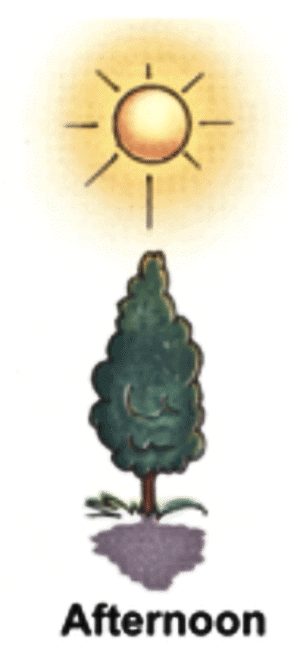
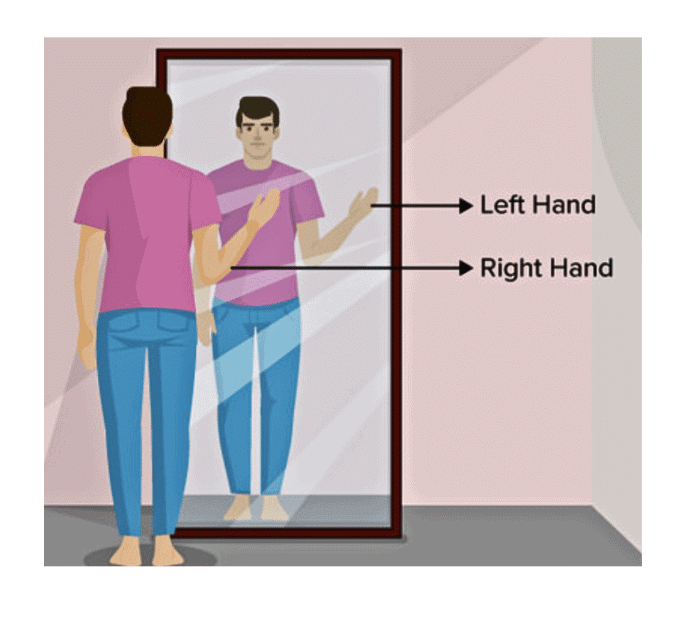
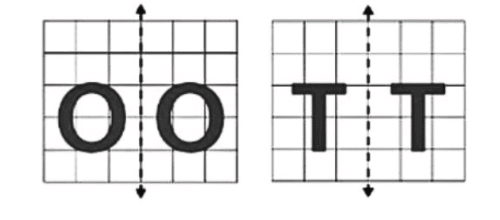
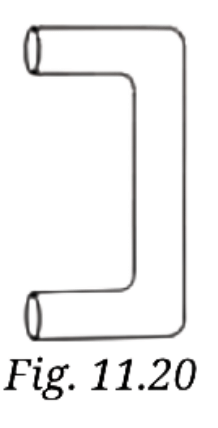
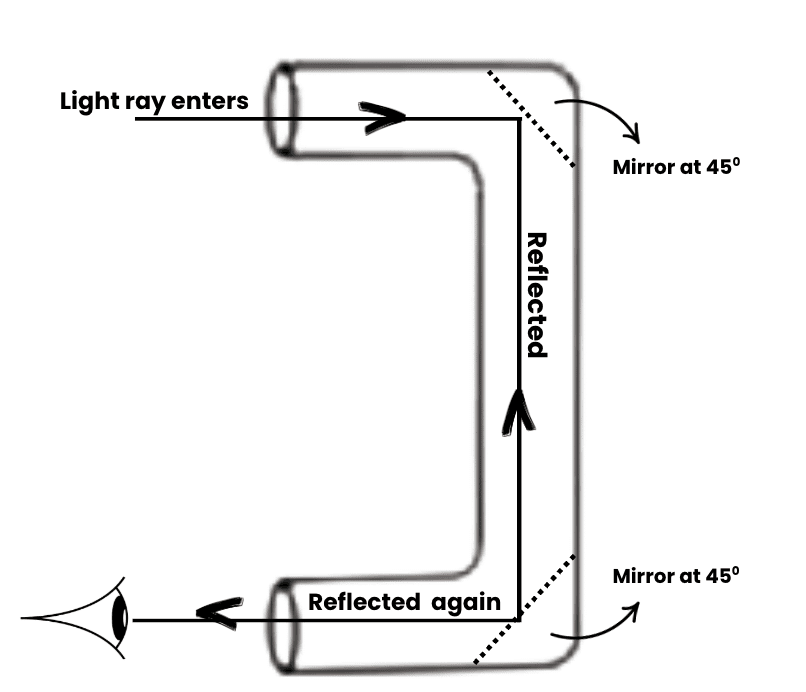
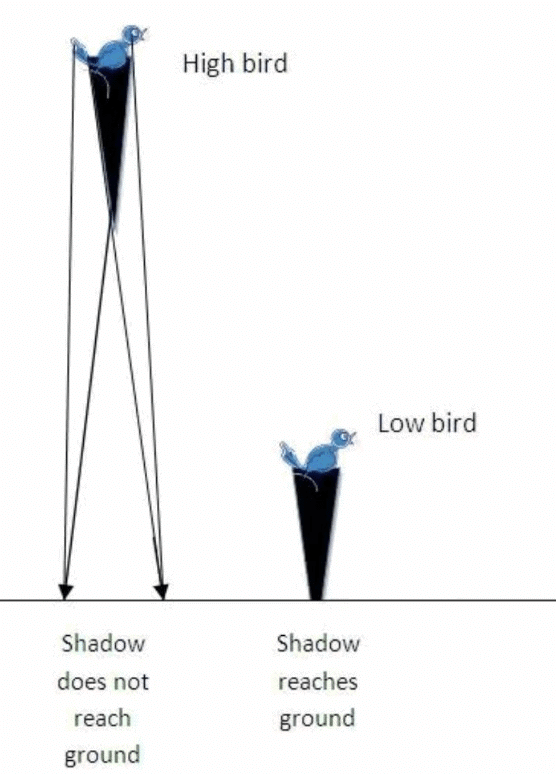
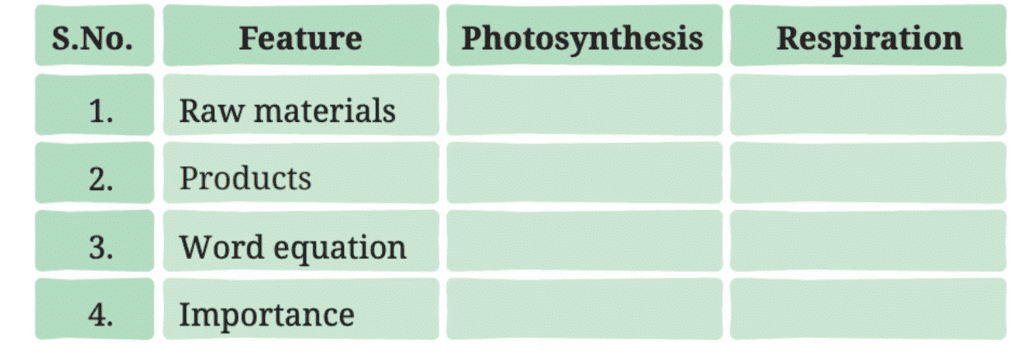
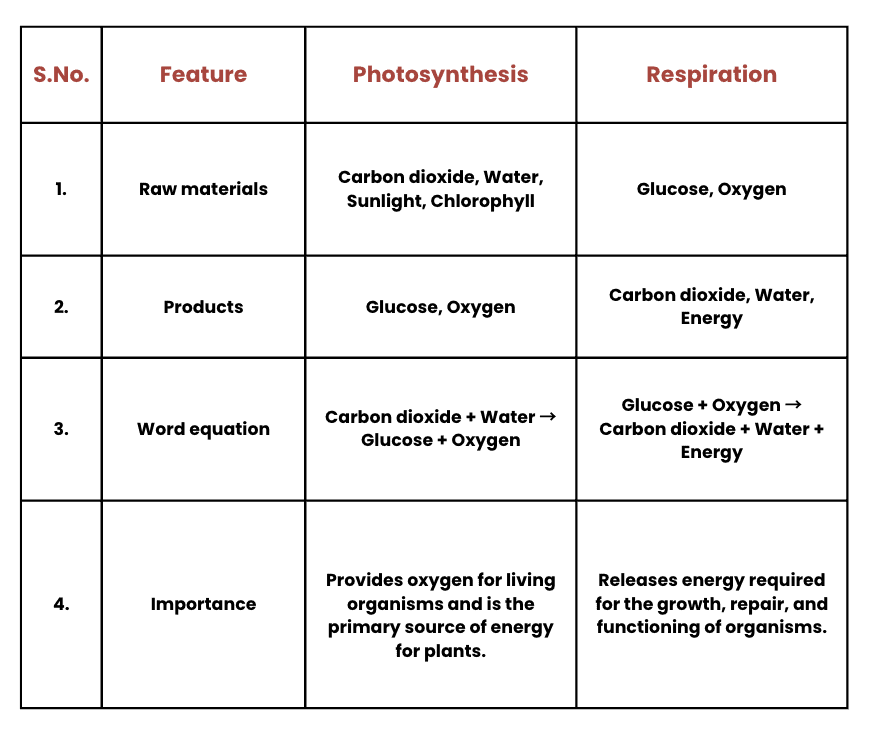
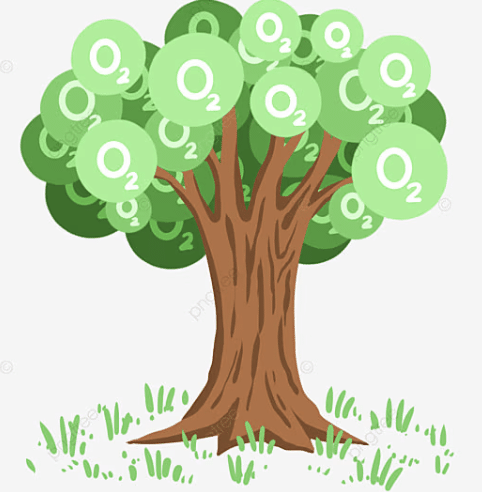
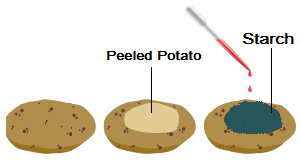
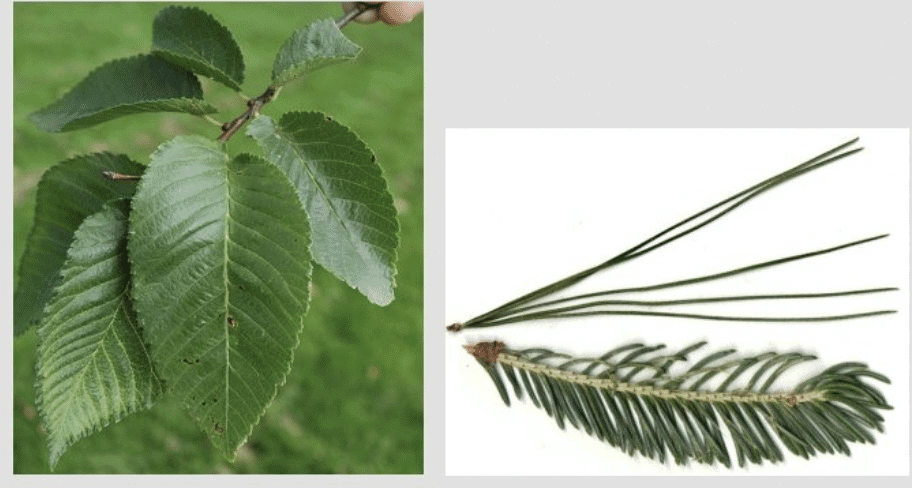

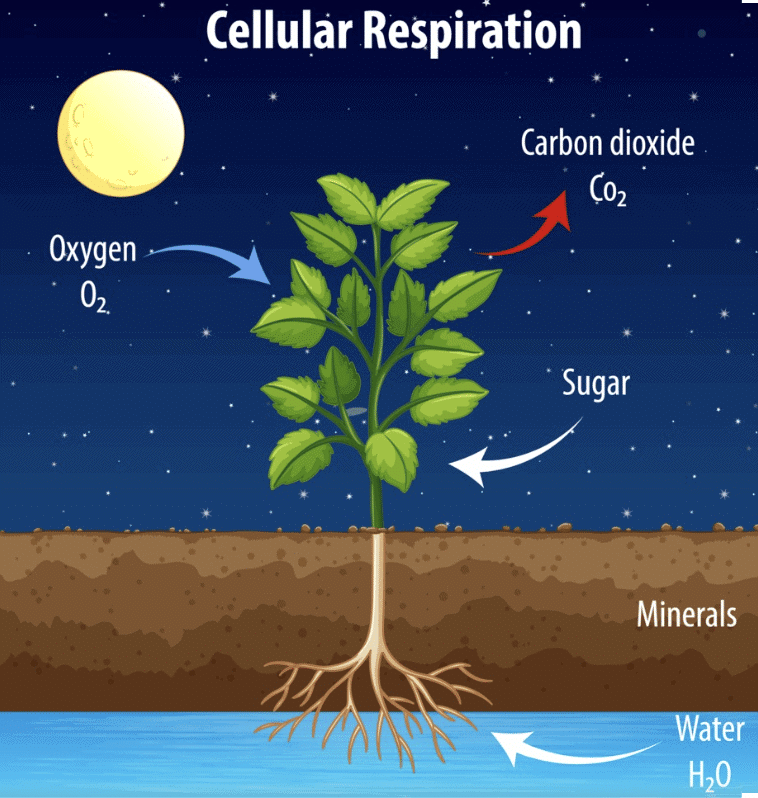

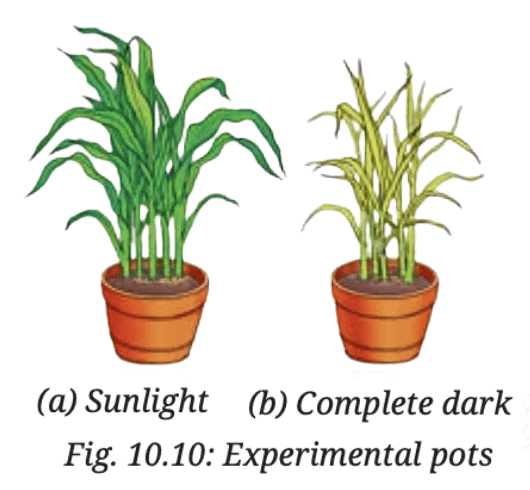
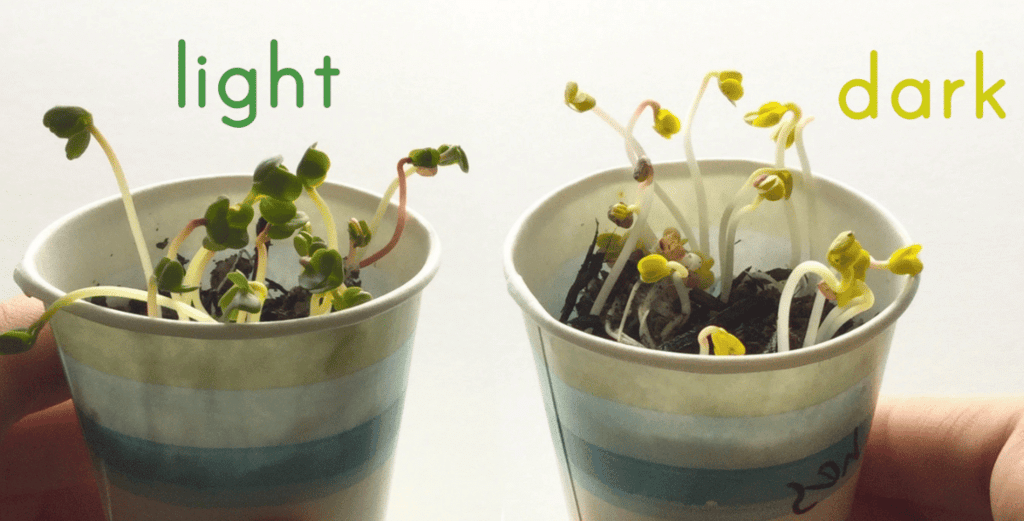
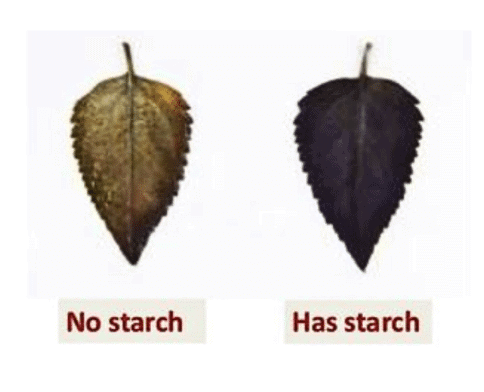
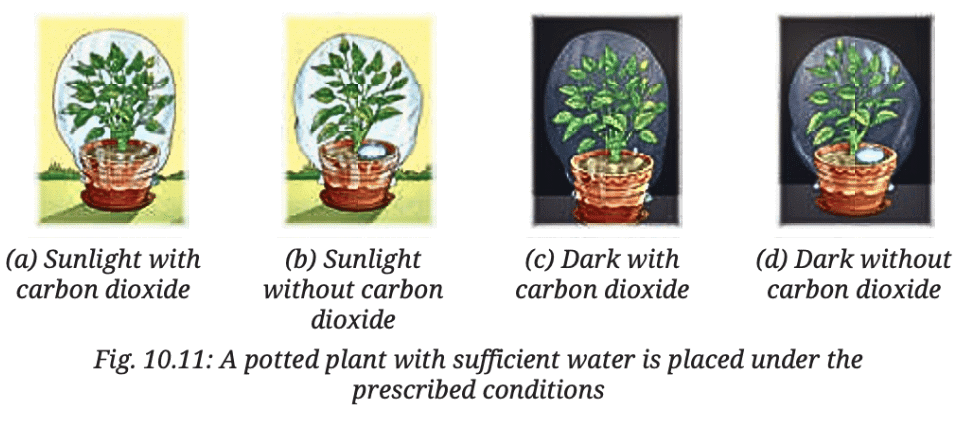
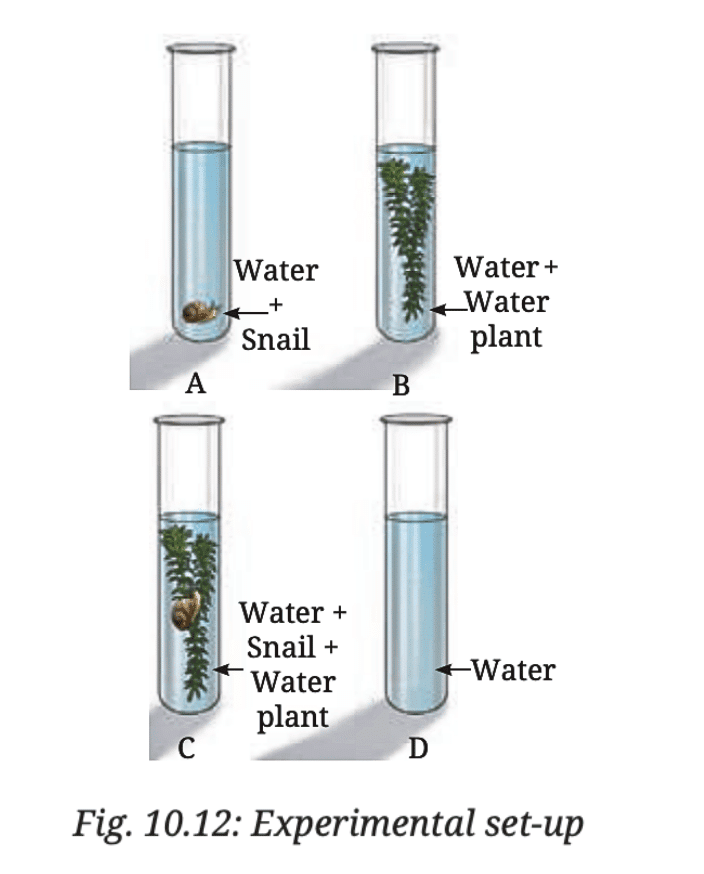
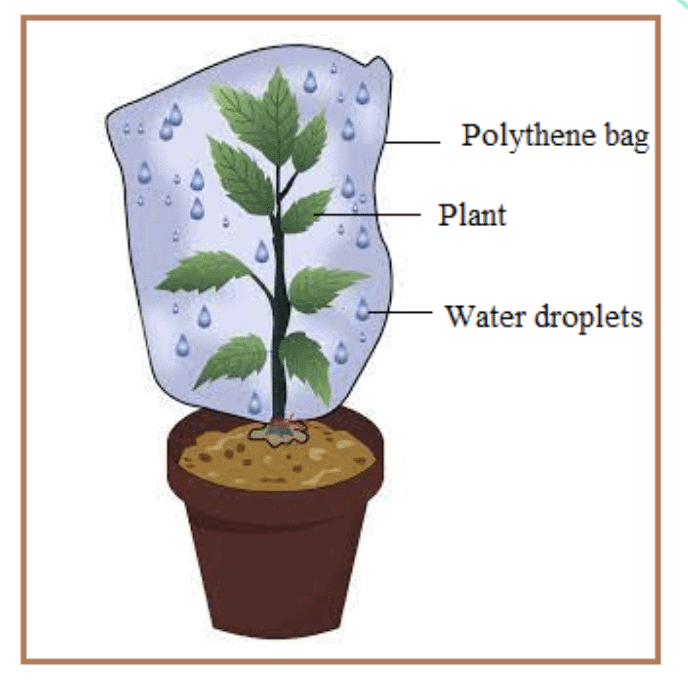
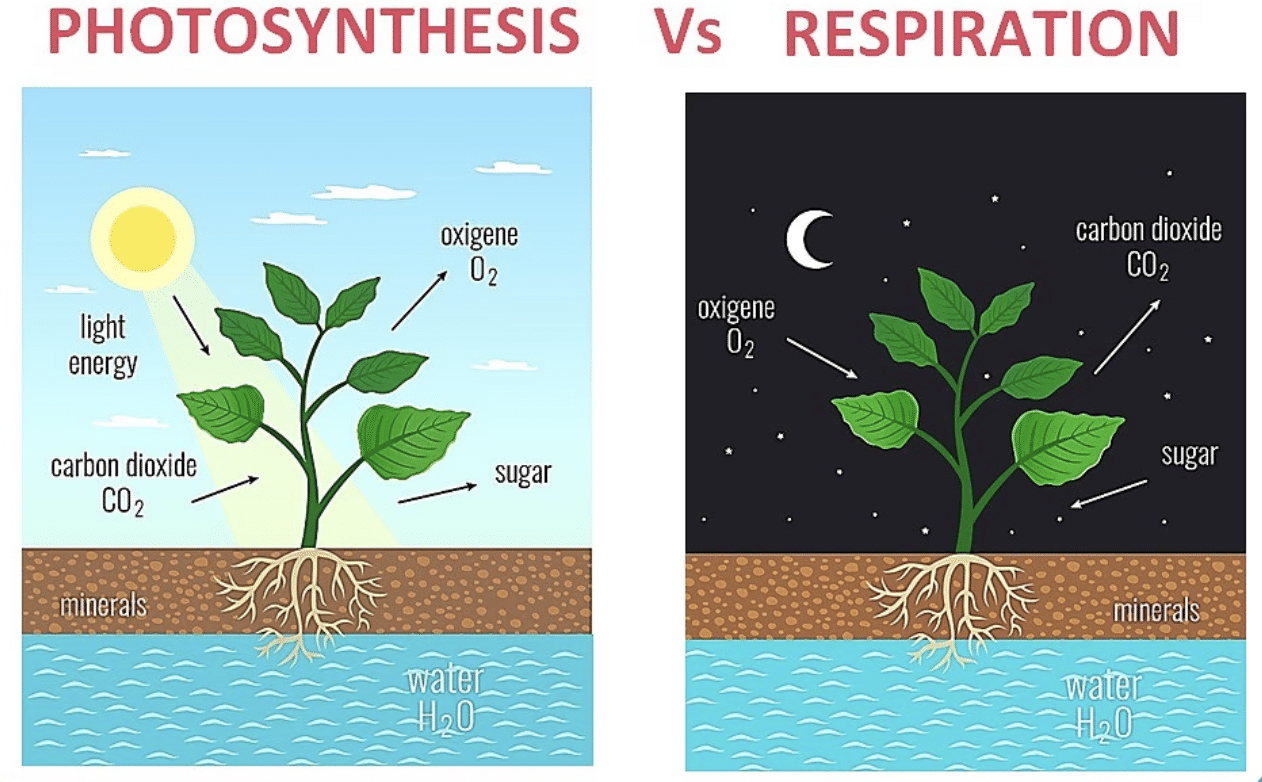 Respiration is the process where plants and animals break down glucose to release energy, consuming oxygen and releasing carbon dioxide. This helps maintain oxygen levels and provides carbon dioxide for plants to use in photosynthesis.
Respiration is the process where plants and animals break down glucose to release energy, consuming oxygen and releasing carbon dioxide. This helps maintain oxygen levels and provides carbon dioxide for plants to use in photosynthesis.
